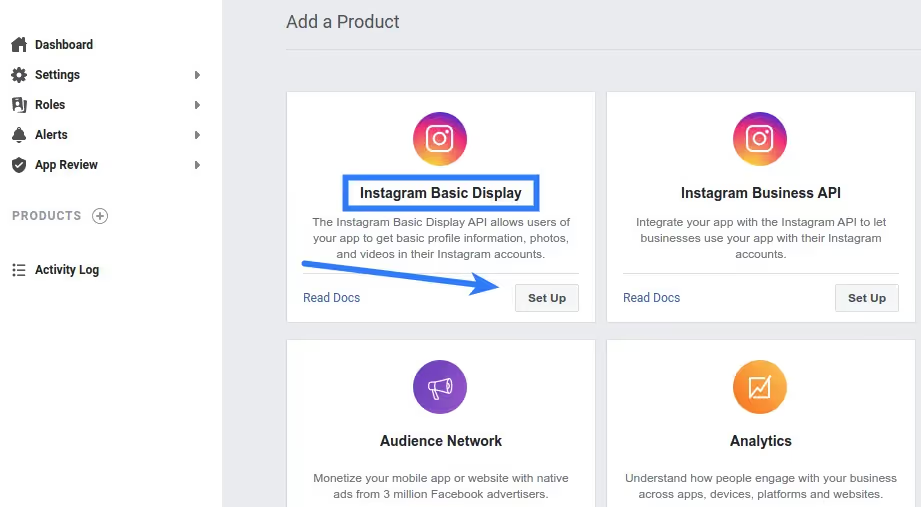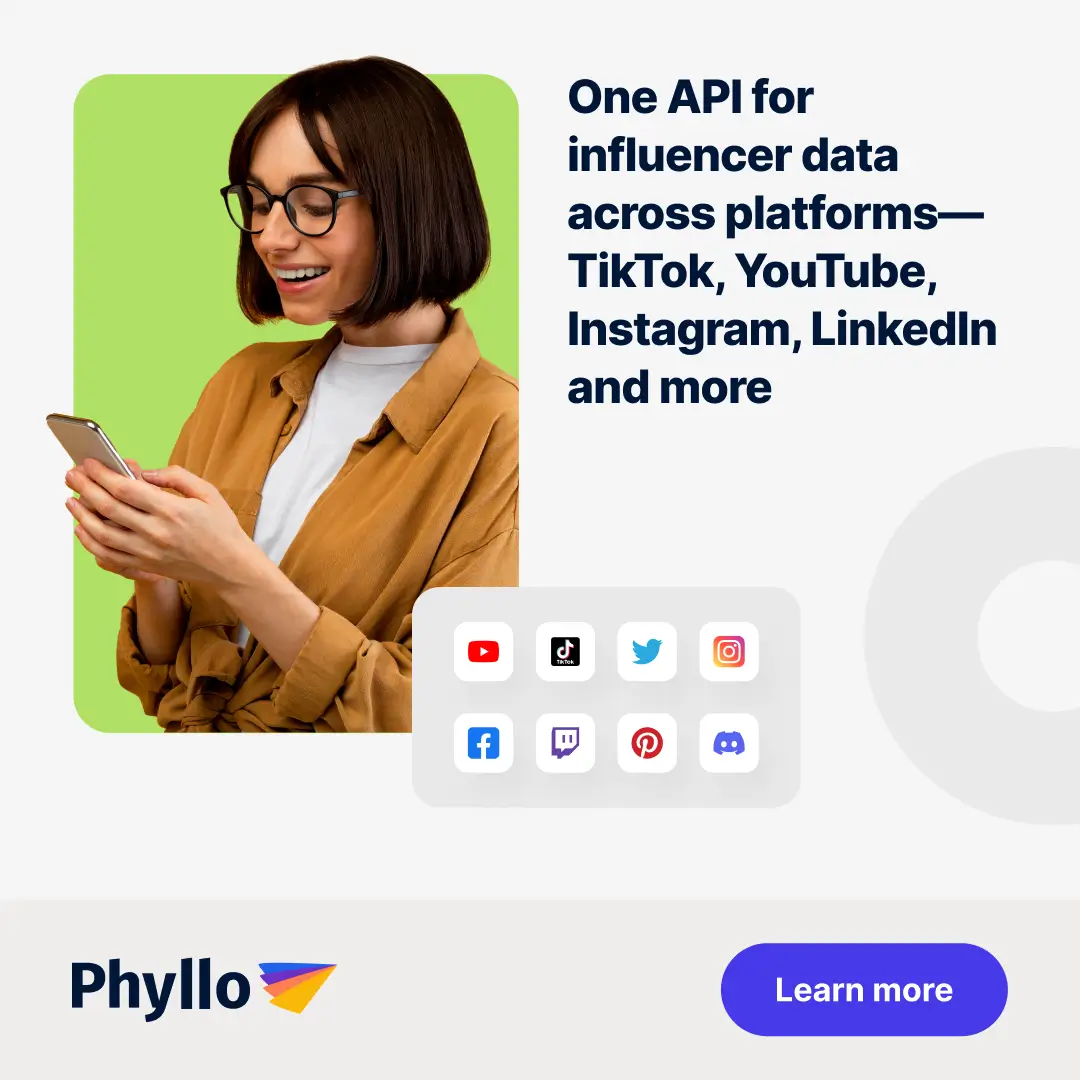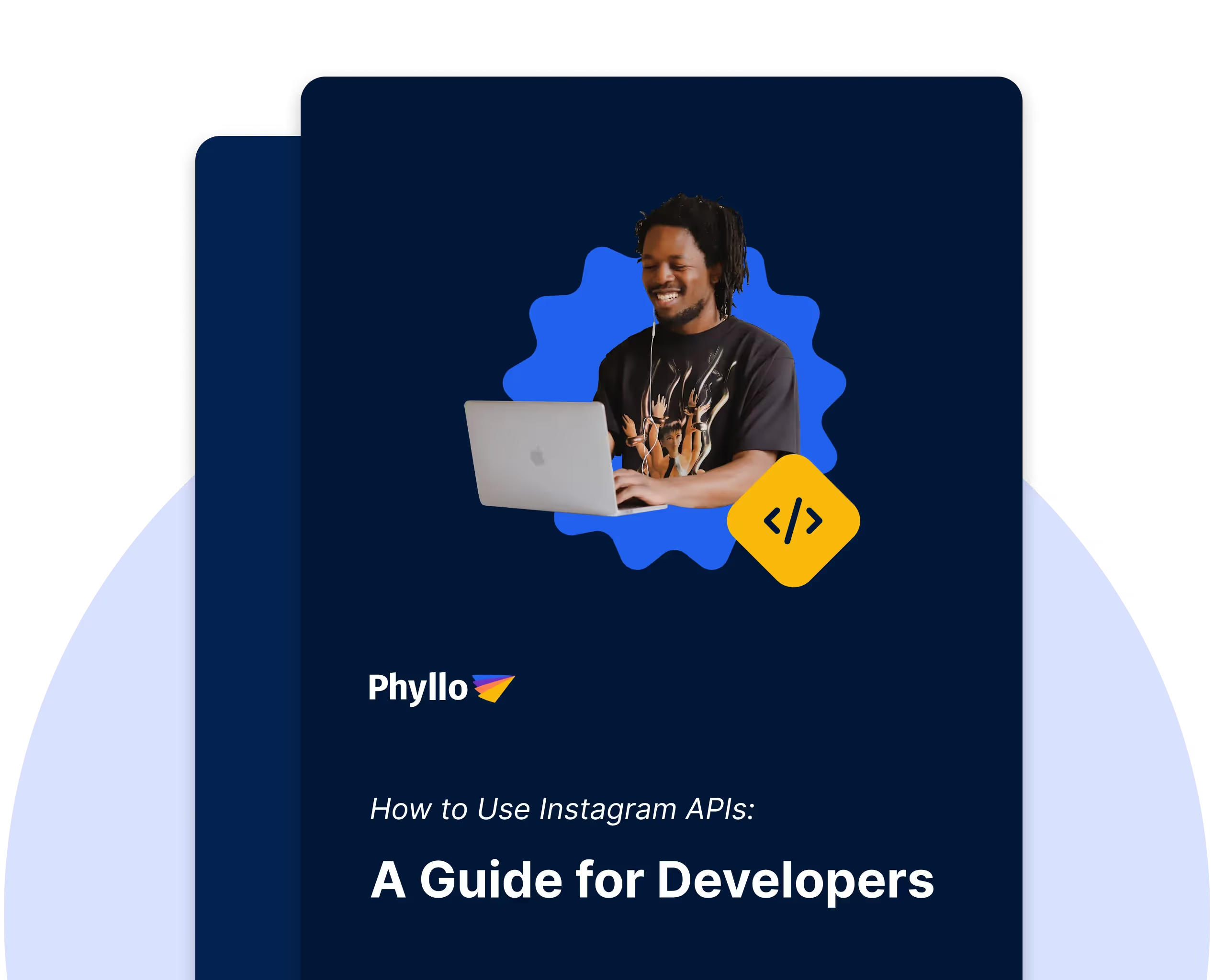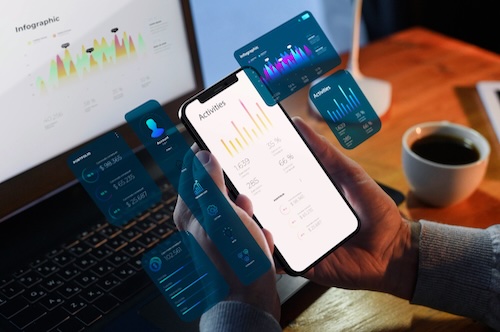With more than 2 billion monthly active users, Instagram is the biggest platform for influencers worldwide. Surprisingly, 90% of Instagram users follow at least one business of their liking on the platform. That shows why businesses use Instagram for marketing, apart from Facebook, LinkedIn and Twitter.
However, pushing your product or service on Instagram is not a cakewalk. With new influencers thriving every day and with massive amounts of data produced by users, it is difficult to run an analysis. Moreover, getting your hands over real-time data to make quick decisions is quite difficult unless you have a team of vigilantes to do your job. This is where an Instagram Application Programming Interface (API) emerges. However, users also face Instagram API rate limit errors that restrict them from using the API beyond a certain number of daily posts.
In this blog, we will learn about the common causes and policies of Instagram API rate limit errors and how to help fix them easily.
Related Read:
Significance of the Instagram API and its role in accessing platform data
Business marketing is all about acting on data. When Instagram became a popular medium of business promotion, the platform launched Instagram API to help users gather data and insights through third-party apps for better marketing efforts. The first Public API was launched in 2018. Later, it was discontinued by Instagram because of privacy concerns. Then Instagram launched two new APIs: Instagram Basic Display API and Instagram Graph API. These apps can easily track the interests, values, and behaviors of target customers.
The Basic Display API offers read-only access to basic user data. Businesses can access user data, images, stories, and videos of their target audience with user consent. However, it can also collect information about users’ followers, articles, comments, and tags.

On the other hand, the Graph API offers advanced features for managing profiles, analyzing data, and integrating with other third-party applications. For instance, with Instagram Graph API, you can gain insights about user interactions, audience demographics, and post-performance to understand the audience and optimize content strategies.
However, Instagram has also introduced rate limits to stop users from overusing these APIs. Instagram Rate Limits are designed to keep the platform stable and prevent abuse. Instagram Basic Display API is subjected to Platform Rate Limits, whereas Instagram Graph API is subjected to Business Use Cases (BUC) Rate Limits.
The rate limit indicates the maximum number of API calls an application can make within a certain time frame. This impacts the frequency of data retrieval and other actions such as frequency of content scheduling, analytics reporting, etc.
Unless you know Instagram rate limit policies, you can’t use APIs to your marketing advantage without exceeding official limits. Let’s dive deeper.
Instagram API Rate Limit Policies
Now, we will discuss policies from Performance Rate Limits and Business Use Cases Rate Limits applicable to Instagram API calls.
Performance Rate Limits
This user policy has been designed to maintain Instagram's responsiveness against too many API calls from users and third-party applications. Per the current policy, an app can make a maximum of 200 calls per user during a rolling one-hour window. You should not confuse this with the per-user limit, which can be more than 200 calls per hour but within the app maximum. For instance, if there are 100 users on your app, it can make 20,000 calls within an hour. However, your top ten most engaged Users can maximum make 19,000 of those calls.
Business Use Cases Rate Limits
All calls to Instagram Graph API are subject to BUC rate limits. Here, each count is unique for each combination of an app and its user pair. The call rate limit resets every 24 hours. How the call count is calculated?
Calls within 24 hours = 4800 x number of impressions
Here, the impressions count denotes the number of times any Instagram content of your targeted user has appeared on a person's screen in the last 24 hours.
When API requests exceed the higher rate limit, Instagram returns a "429 Too Many Requests" HTTP status code. However, you can't fix it promptly unless you know what possible reasons might have triggered the limit error.
Common Causes of Instagram API Rate Limit Errors
Here are some probable causes that may trigger Instagram API rate limit errors:
Excess API Requests:
This is the most straightforward cause. Check if you have made too many requests than the official hour limit. When dealing with high-traffic user accounts, Instagram is very particular about API call limits.
Inefficient Use of API calls:
Sometimes, the API is not properly optimized for making a call. For instance, if the API is making separate calls for data instead of retrieving it in a batch, Instagram returns API rate limit error code. Sometimes, the API may fail to catch responses for repeated requests. This can also escalate the up-rate limit.
Multiple Automated Tasks:
While making a call, the app should not be engaged in multiple tasks. Sometimes, the app handles several automated tasks, such as posting content, fetching insights, and responding to comments, This can hit the rate limit if not properly coordinated.
Poor Retry Strategies:
When an API request fails, an application might automatically retry the request multiple times. Without a proper backoff strategy, this can rapidly exhaust the rate limit and cause an error.
Missing Alerts:
You can avoid rate limit errors when you swiftly act upon warnings from Instagram. For instance, simultaneous posting and engagement tracking for various accounts can quickly exceed limits. However, in the absence of an API monitoring system, it is quite normal to miss usage alerts when nearing the rate limit.
App not designed as per Rate Limit Policies:
Check if the app has been optimized as per the Performance Rate Limits and Business Use Cases Rate Limits applicable to Instagram API calls. If not, it may lead to unintentional overuse followed by rate limit errors.
High User Engagement Levels:
Check if the calling app is managing accounts with very high user engagement. In such a case, the number of necessary API calls can naturally be higher. Then, there is a fair chance of hitting rate limits, especially during peak activity times.
Third-Party Integrations:
Sometimes, third-party tools or integrations frequently call the Instagram API for various reasons. Majorly, it is for updating analytics, scheduling posts, and responding to comments. These activities can quickly exceed the API call quota, if not optimized as per rate limit policies.
Insufficient Rate Limit Handling in Code:
It may also happen that your application's code is not properly handling rate limits. For instance, it is not slowing down requests after receiving a warning from the API. This is a classic scenario when the app continuously tries to sync a user's Insta account with his blog post failure. Here, if the code can't differentiate between different errors, the app hits the API limit error.
Unanticipated User Behavior:
User actions can trigger unexpected API calls. For instance, sometimes, a post from celebrities or influencers regarding a brand goes viral on the brand's Instagram account. The brand's app, which tracks and responds to engagement, suddenly faces a surge in API calls to handle this unexpected spike. This may result in a breach of the rate limit.
Platform Updates and Changes:
Instagram occasionally updates its platform and API. This can alter rate limit policies or the behavior of certain endpoints. If the developers are not alert and have not optimized the app for API calls as per the new policy, it may trigger the API rate limit error.
How to Fix Instagram API Rate Limit Errors
It is common to face higher rate limit errors with the Instagram API when you are dealing with intense marketing for a big brand. However, overcoming these throttles need not divert resources away from core campaign objectives. With intentional planning around Instagram's quotas, efficient API request coding, and optimal utilization of available bandwidth, high-volume marketing can co-exist with Instagram's restrictions. Here are some tips on how to fix these errors with limited effort.
Optimize API Calls:
With Instagram's new API limits, optimizing API calls is crucial to avoid hitting error thresholds. Review batching procedures to ensure requests are combined when possible, minimizing total calls. Also, implement response caching for data that does not frequently change. Many extraneous API calls can be eliminated by caching this information instead of requesting it repeatedly. Focus on only retrieving essential, non-redundant data in each call. With optimized batching and strategic caching to reduce total API traffic, the risk of encountering Instagram's rate limits can be substantially decreased.
Implement Exponential Backoff:
When an application encounters Instagram's API rate limits, an exponential backoff strategy is an effective solution. This involves implementing an increasing delay between each API call after a rate limit failure occurs. First, wait a few seconds, then increase to a few more seconds, and let the delay build exponentially with each retry attempt. The wider spacing of calls reduces the burst rate, allowing the quota to replenish over time. Structure your API clients and back-end infrastructure to support the flexibility of exponential backoffs. This smart load balancing of API traffic works with Instagram's throttling model, substantially decreasing the risk of getting locked into repeated rate limit violations.
Use Webhooks Where Possible:
Polling Instagram's API for data updates requires continual requests, which can quickly accumulate and risk rate limits. An alternative is implementing webhooks wherever viable. Webhooks allow Instagram to proactively push relevant data to your endpoints as events occur rather than requiring your app to repeatedly pull that same data.

Alt Text: HLD for webhook systems
This event-driven model satisfies the need for certain data while dramatically reducing outbound API calls. Review endpoint documentation and build webhook integration for activities like new comments, likes, user actions, and more. With webhooks handling real-time data delivery to your app, unnecessary API call volume is averted.
Manage Third-Party Integrations:
Applications may integrate external tools and services that also call Instagram APIs, contributing to overall usage counts. Ensure every integrated third-party platform and partner adheres to optimization best practices around batching, caching, backoffs, and webhooks. Closely monitor their API traffic volumes to spot any superfluous requests. Provide guidelines and govern usage levels of third parties to align with your core application's API needs. Their usage also accumulates within your quota, so maintaining oversight is critical.

Reduce Instagram API Limit Errors With Phyllo
Phyllo provides an integrated platform uniquely equipped to circumvent Instagram API boundaries through:
Unified API Access: Phyllo offers a unified API to integrate with Instagram to streamline data access.
Normalized Data and Partnerships: The platform handles data normalization complexities and maintains privileged partnerships, reducing ad-hoc API needs.
Real-time Analytics: Users benefit from real-time data on content feeds, audience demographics, and rich engagement metrics for optimization.
Enhanced Influencer Marketing: Comprehensive analytics insights strengthen strategic influencer campaigns and content decisions.
Better Control and Transparency: A Connect SDK to maintain transparency and control for creators to link/unlink their profiles from Phyllo access

Streamlined Workflows: Phyllo reduces manual tasks like verification, publishing, and creator relationships, freeing capacity.
Cost and Time Savings: Businesses save time and resources otherwise required for self-managed direct API integration with Instagram and associated rate limit pitfalls
End Thoughts
It is natural to face Instagram API Error Limits while dealing with big marketing campaigns. However, with the right strategy and the use of an ideal universal API access tool like Phyllo, your Instagram marketing strategies can thrive uninterrupted by API boundaries.


.avif)







